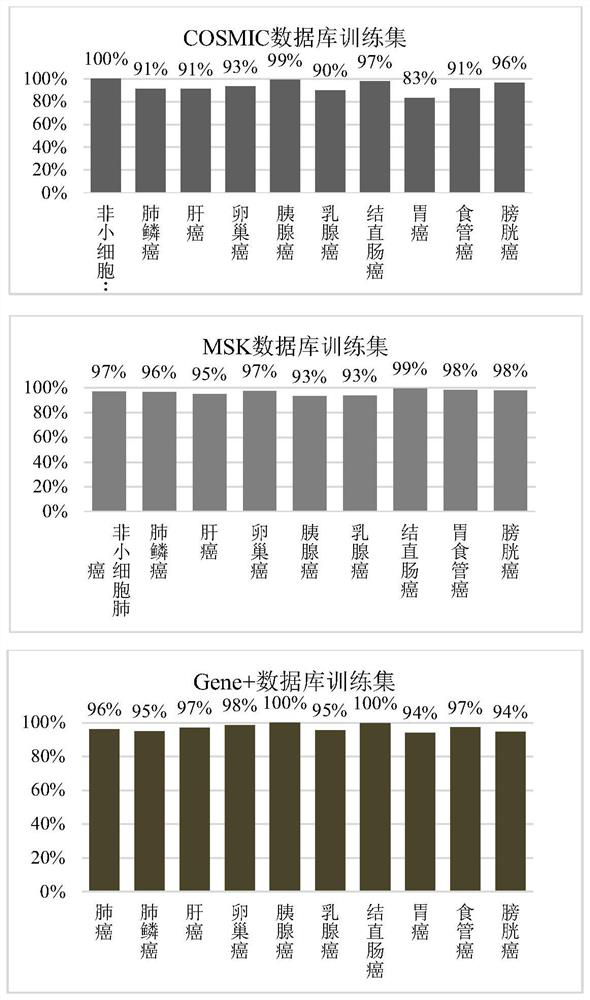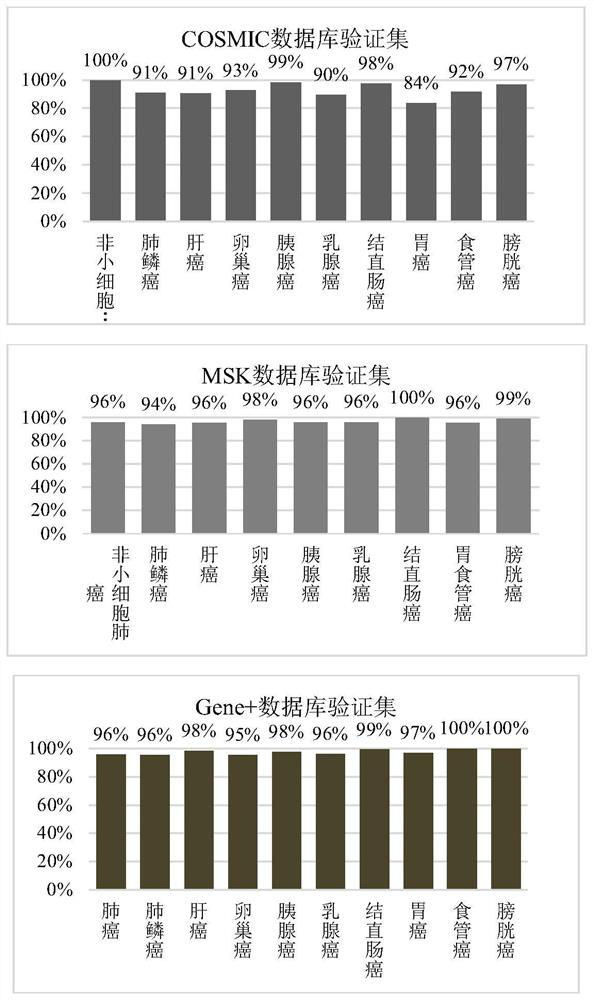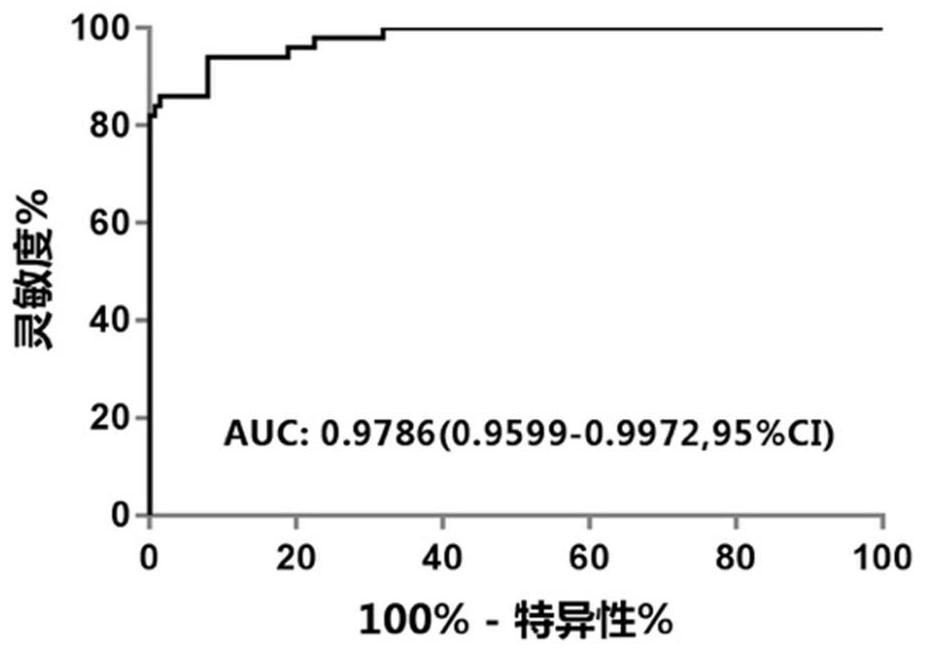Design method and application of probe combination for cancer detection
A cancer detection and design method technology, applied in the biological field, can solve the problem of inability to perform MRD monitoring, and achieve high sensitivity, specificity, and excellent coverage.
- Summary
- Abstract
- Description
- Claims
- Application Information
AI Technical Summary
Problems solved by technology
Method used
Image
Examples
Embodiment 1
[0056] Example 1 Probe combination and its target
[0057] 1.1 Design method and design results of capture probes
[0058] 1.1.1 Design method of capture probe
[0059] This example provides a cost-effective method for designing probe combinations that can be used for pan-cancer assistance, as follows:
[0060] (1) Determine the target cancer type, such as lung cancer, breast cancer, colorectal cancer, liver cancer, pancreatic cancer, gastric cancer, esophageal cancer, and bladder cancer.
[0061] (2) Extract the mutation sets of nine major cancers in Gene+ database, COSMIC database and MSKCC database, and divide them into training set and verification set. Find the hotspot mutation area, merge the mutations whose reference genome distance is Muts . The formula is as follows:
[0062]
[0063] Among them, Reg Muts is the number of mutations in the merged region, Reg Len For the length of the merged region coverage interval, the merged region is expanded left and right...
Embodiment 2
[0084] Example 2 DX testing application and sensitivity and specificity of early detection of liver cancer
[0085] Patients with stage I-III liver cancer without surgery and neoadjuvant therapy were recruited; at the same time, 200 healthy people without cancer history were recruited as a control group. Collect peripheral blood samples 10mL.
[0086] 2.1 Plasma separation and DNA extraction
[0087] For whole blood, plasma / blood cell separation should be performed in time (EDTA anticoagulant tube, within 4 hours; Streck tube within 72 hours), the separation steps are as follows:
[0088] (1) Centrifuge at 1600g for 10min at 4°C. After centrifugation, divide the upper layer of plasma into multiple 1.5mL or 2.0mL centrifuge tubes. Be careful not to absorb the white blood cells in the middle layer during the process of absorbing plasma.
[0089] After the plasma is separated in this step, the blood cells in the middle layer + bottom layer are reserved for use as a normal contr...
Embodiment 3
[0157] Example 3 Ovarian cancer, pancreatic cancer, early detection of colorectal cancer
[0158] Patients with stage I-III ovarian cancer, colorectal cancer, lung squamous cell carcinoma, and pancreatic cancer without surgery and neoadjuvant therapy were recruited to implement the test.
[0159] The detection method is the same as in Example 2.
[0160] Using the detection method of this project, the sensitivities of 36 cases of ovarian cancer, 79 cases of colorectal cancer, 28 cases of lung squamous cell carcinoma, and 35 cases of pancreatic cancer were 72%, 77%, 79% and 77%, respectively.
PUM
 Login to View More
Login to View More Abstract
Description
Claims
Application Information
 Login to View More
Login to View More - R&D Engineer
- R&D Manager
- IP Professional
- Industry Leading Data Capabilities
- Powerful AI technology
- Patent DNA Extraction
Browse by: Latest US Patents, China's latest patents, Technical Efficacy Thesaurus, Application Domain, Technology Topic, Popular Technical Reports.
© 2024 PatSnap. All rights reserved.Legal|Privacy policy|Modern Slavery Act Transparency Statement|Sitemap|About US| Contact US: help@patsnap.com










